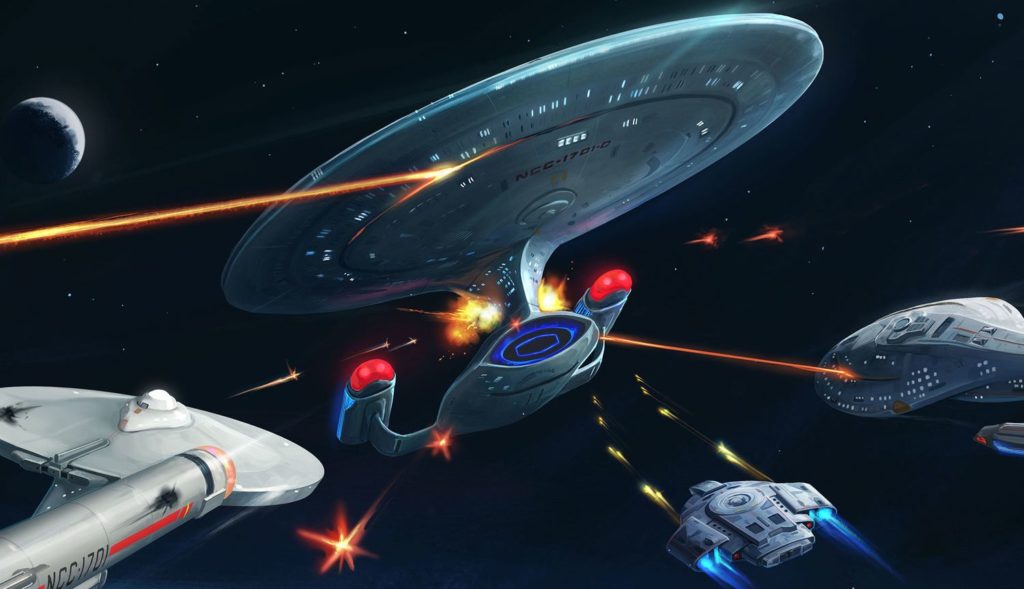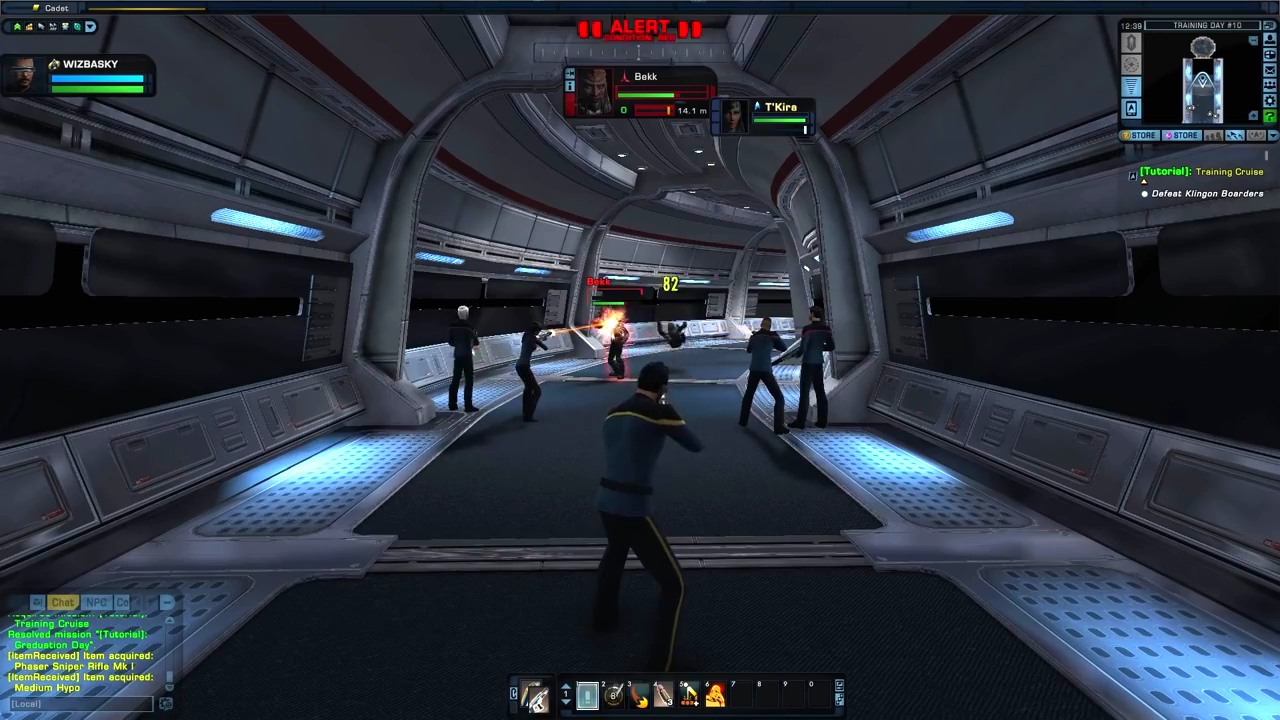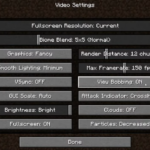The vision and scope of Star Trek (the new video game based on the new version of an ancient franchise) is truly impressive. Commanding the Enterprise, co-op with Kirk and Spock, it has the obvious foundations of a solid, if not spectacular, videogame. To developer Digital Extremes’ credit, they really went for it. It’s got Tricorder scanning, optional objectives, stealth, ship combat, cooperative puzzles, and planetary jumps, making Star Trek a cornucopia of intergalactic gameplay variety. The problem is, none of it is all that good.
At its core Star Trek is a cooperative third-person shooter, not all that dissimilar to the Army of Two franchise. But Star Trek, the property, is a lot more than shooting aliens in the face, and Digital Extremes seems to have gone out of its way to make one of the so-called “thinking man’s shooters”: turrets and drones can be hacked with your Tricorder; many conflicts offer a ’stealth’ route (think crawling through vents); enemies can be dispatched non-lethally. But it all just seems like window dressing designed to disguise the simple fact that shooting just isn’t fun.
“The Gorn share non of the human-like traits of the classic Star Trek races”The primary antagonists of Star Trek, other than the zombie-like infected Star Fleet crewmen, are the Gorn. The Gorn are evil. We know this because once they show up they start breaking shit and pissing off Kirk. We know they’re evil because they’re bipedal sentient lizards with big science fiction guns. And for good measure, they come in a variety of videogame-enemy permutations. Also, they don’t wear clothes. The Gorn are everything that Star Trek isn’t. They share non of the human-like traits of the classic Star Trek races, despite being a classic Star Trek race. Their motivations are non-existent. They are just targets for Kirk and Spock to shoot at.
The game is littered with an arsenal of Star Fleet ordinance and alien blasters. Some of the guns feel great, especially the standard issue Phaser; it’s the shooting of the Gorn that’s the issue. Like any other third-person adversary, most Gorn enemies will pop in and out of cover, trading fire with you. The AI isn’t all that great so it’s not uncommon to kill random Gorn soldiers who have no idea what it is they’re supposed to be doing. Brain dead AI or not, when you shoot a Gorn there’s no real sense of impact. The only recognition you get is the moment they die, when they collapse into a sorry looking heap.

A fair amount of combat can be side-stepped through the use of stealth, which leads to one of Star Trek’s few bright spots: the Commendation system. Commendations serve as optional objectives, usually requiring the player to proceed through an area undetected or without killing an enemy, and thus netting them additional experience points – yes, there is an obligatory, largely unimpressive skill unlock system. Optional objectives break up the slog of combat, creating tangible goals within the context of the forgettable narrative.
Though cliché, Star Trek’s story is occasionally punctuated by a handful of impressive set piece moments. The most magnificent section being when Kirk and Spock find themselves on the outside of a doomed space station and the heat is raining down from a local star. The scenario successfully weaves real science fiction with actual player cooperation into a high stakes moment that feels surprisingly considered when compared to the game as a whole.
“The AI doesn’t seem to understand the concept of cover”Played alone, the partner AI in Star Trek runs the usual gamut of idiotic to helpful. You can assign your teammate weapon upgrades and Tricorder powers, which they will occasionally remember to use. They don’t seem to understand the concept of cover when they attempt to revive you, but it’s a minor quibble since the Gorn generally seem to stop firing as if on cue. Pathfinding can be an issue, made all the more noticeable when you have to wait for your teammate at the frequent and dreaded ‘co-op doors’, or the occasional two person hacking mini-game.
Scanning in Star Trek is an absolute chore, and one you’ll find yourself doing far more than you might desire. Holding down the bumper triggers a Detective Mode-like Tricorder overlay that highlights enemies, dropped weapons, hackable computers and other points of interest. There are audio logs, notes and other odds and ends to discover, all of which award minor bits of experience – though it makes no sense why Spock would find machines scanned on his own vessel “fascinating”. Considering the lackluster story and the boring-to-useless skills to unlock there’s really no enticing reward for scanning.
As disappointing as Star Trek is as a whole, the package’s low light is unquestionably the lone ship battle of the game. It, like so many of the systems at play, is thoroughly underdeveloped and is a laughable interlude from the standard gameplay. Commanding the Enterprise is relegated to a mere mini-game, and a crappy, wholly unexplained one at that. And then it’s over, like it never existed, just another bullet point to be slapped on the back of a retail box.
Throughout its run-time, which seems like an eternity (though likely isn’t), Star Trek is a consistently underwhelming and frequently frustrating experience; it’s mostly ugly, it plays alright and does little of interest with a great license. What makes the title so frustrating is the traces of Digital Extremes’ original scope, which are only fully realized a small handful of times. I guess, as they say, the road to hell is paved with good intentions.










